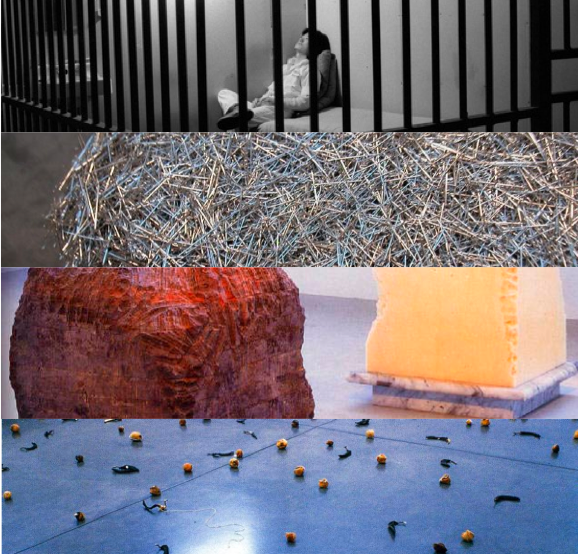
Lizzie Frasco
THE CONTINGENCY OF CONSERVATION: CHANGING METHODOLOGY AND THEORETICAL ISSUES IN CONSERVING EPHEMERAL CONTEMPORARY ARTWORKS WITH SPECIAL REFERENCE TO INSTALLATION ART
The conservation of cultural property, regardless of the nature of that property, is a complicated process with seemingly infinite variables. Contemporary art practice, however, presents a particularly challenging playing field for those attempting to treat and preserve it. The conundrum of is conservation stems from some of the genre’s greatest achievements: the freedom of materials, invention in format, cutting edge technology, site-specificity, and deliberate ephemerality. Installation art, which incorporates all of these characteristics and more, is an inherently challenging genre for conservators as the works are often contingent on their temporal and spatial contexts. These works are not simply ephemeral in their materiality, but in their continued presentation and identity as artworks as well. This paper focuses on artworks that either explicitly or implicitly address decay and transience, whether by the intention of the artist as part of the work or as a byproduct or manifestation of other ideas that necessitate the use of non-traditional materials.
Though this paper discusses non-traditional contemporary artworks, the crux rests not in the fact that there is ephemeral artwork but that it is being collected, stored and represented. These artworks become even more problematic as they entire collections and challenge the existing models of conservation. Ephemeral installations have thus provoked practical and theoretical discourse within the field that has led to significant changes in the methodology. This paper explores the issues in preserving contemporary installation art, considering s the origins of the issues and their effect on the current methodology.
Advisers: Renata Holod (ARTH) | Colette Copeland (Professional) | Gwendolyn Shaw (ARTH)

 Visual Studies
Visual Studies